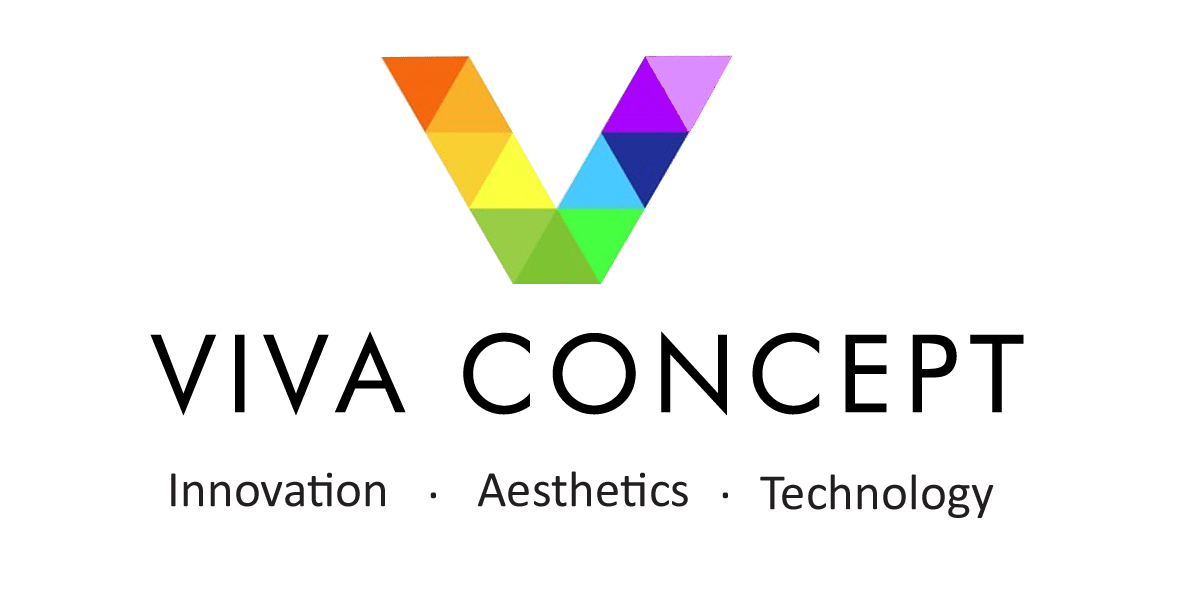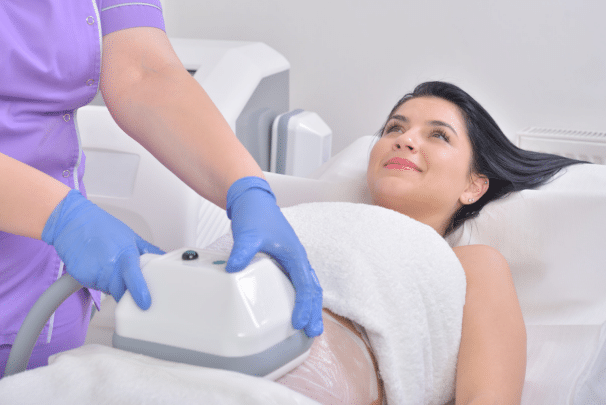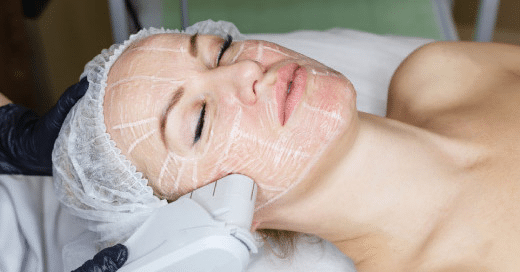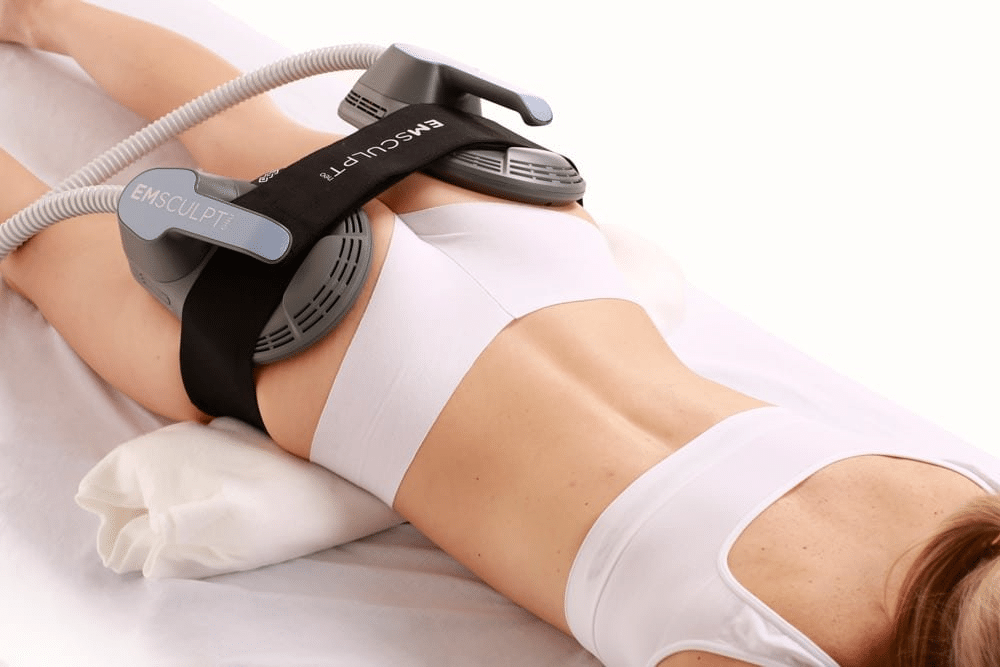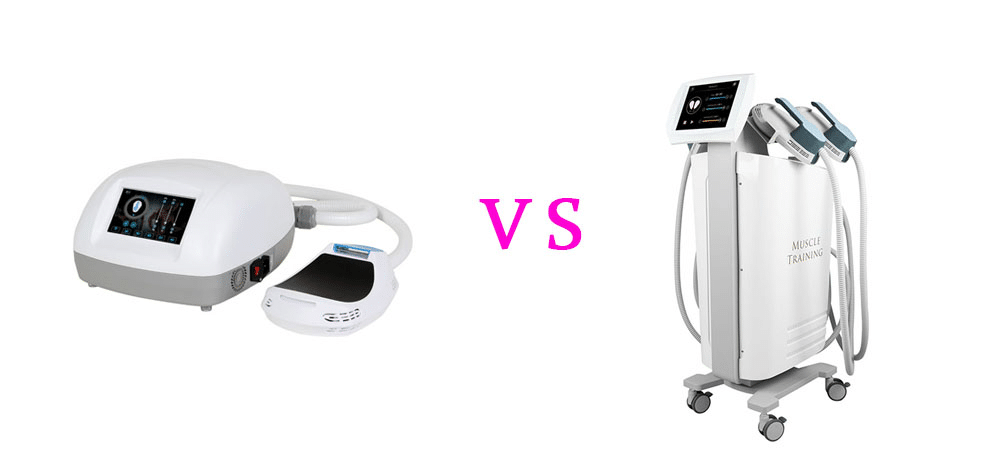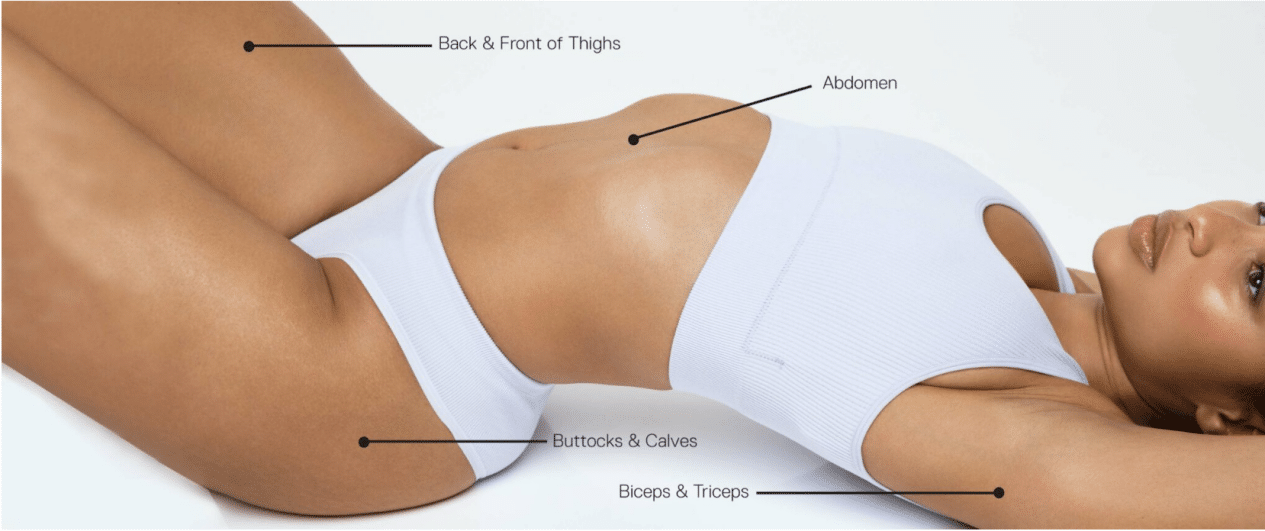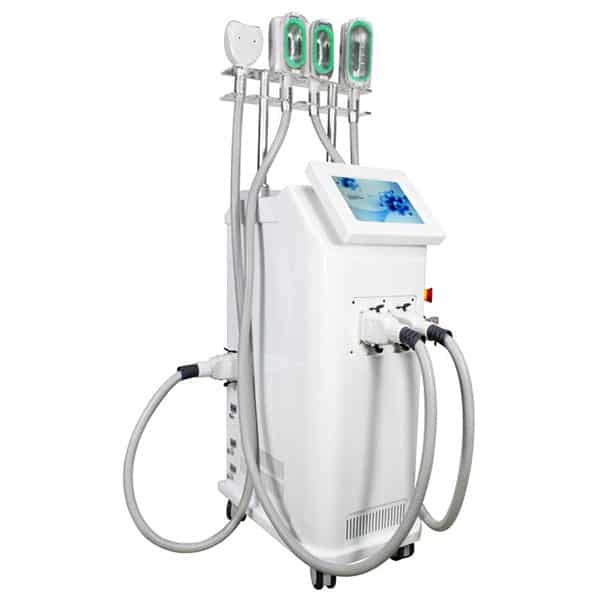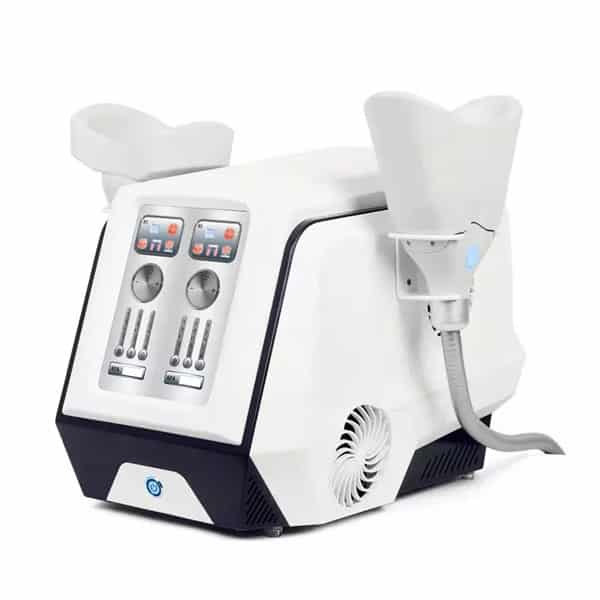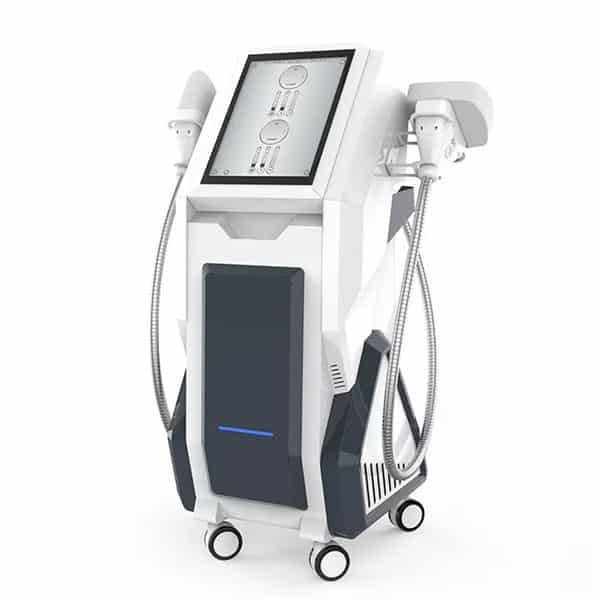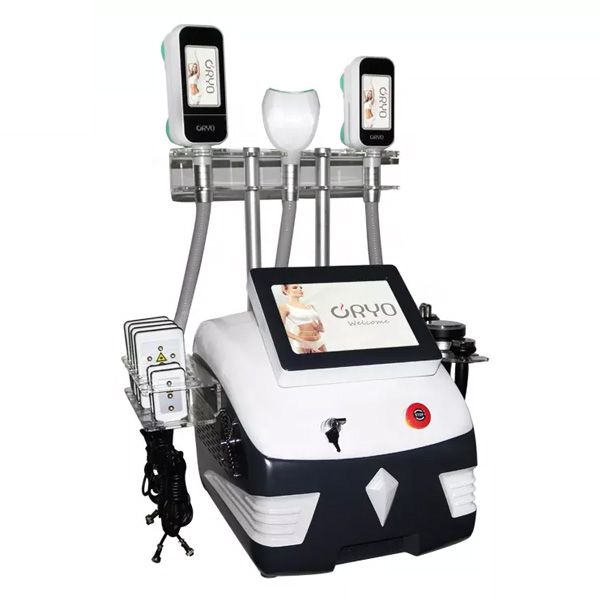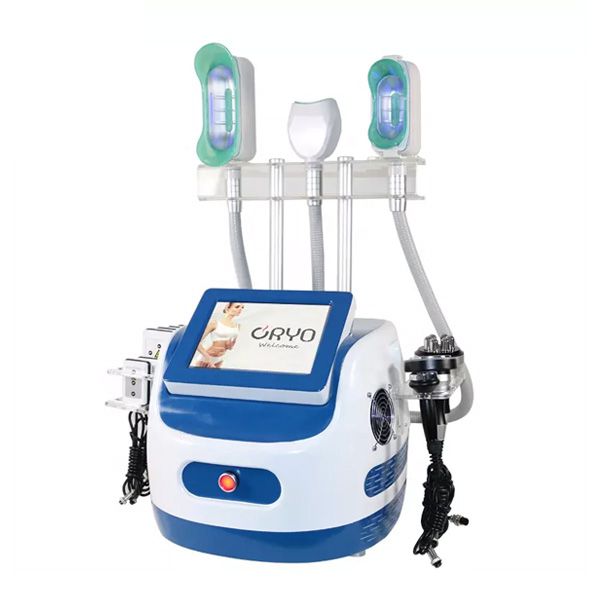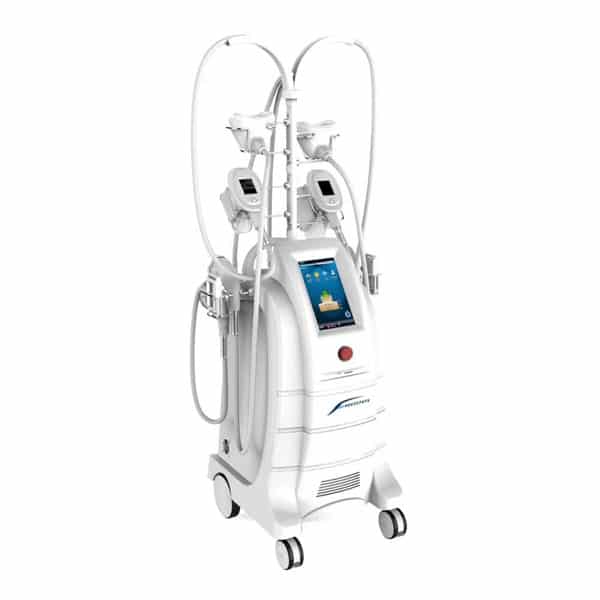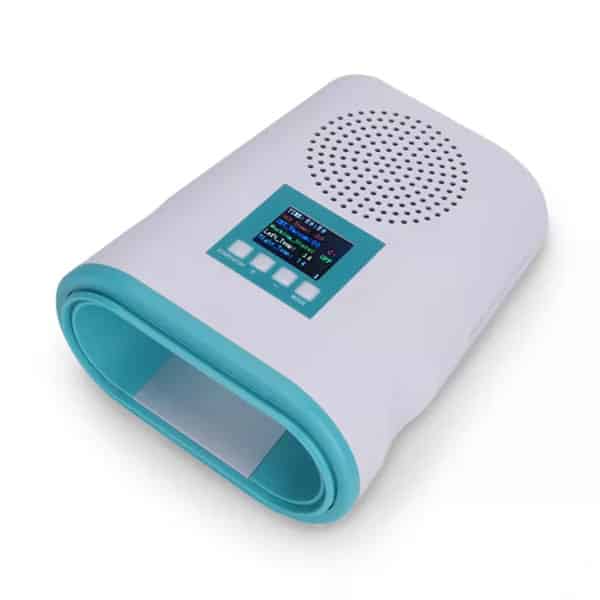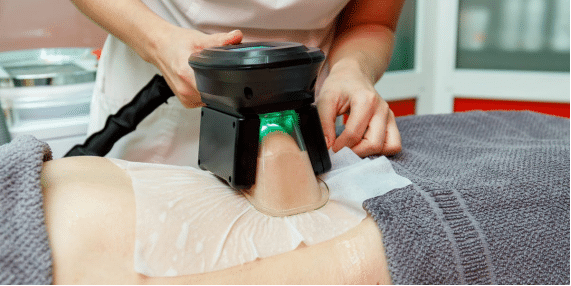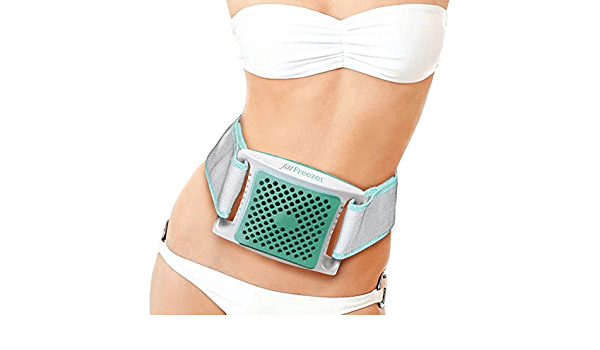Cryolipolysis vs. Liposuction – Which Method Fits Your Goals?
When it comes to achieving desired body contours and reducing stubborn fat, two popular methods stand out: cryolipolysis and liposuction. Both approaches offer effective solutions for body sculpting, but they differ in terms of their invasiveness, techniques, recovery time, and overall outcomes. In this article, we will delve into the details of cryolipolysis and liposuction, comparing their effectiveness, safety, recovery, and cost considerations. By understanding the nuances of these methods, you can make an informed decision that aligns with your body contouring goals.
Cryolipolysis: Non-Invasive Fat Reduction
Cryolipolysis, often referred to as “fat freezing,” is a non-surgical procedure that targets and eliminates localized fat deposits. The treatment utilizes controlled cooling to freeze fat cells, triggering a natural process called apoptosis, which leads to the gradual reduction of fat over time.
During a cryolipolysis session, an applicator is placed on the targeted area, delivering precise cooling temperatures that selectively target fat cells while leaving surrounding tissues unharmed. The frozen fat cells undergo crystallization and are gradually eliminated by the body’s natural metabolic processes.
One of the key advantages of cryolipolysis is its non-invasive nature. The procedure does not require incisions or anesthesia, making it a preferred choice for individuals seeking fat reduction without surgery. Additionally, cryolipolysis typically involves minimal downtime, allowing patients to resume their daily activities soon after treatment.
Liposuction: Surgical Fat Removal
Overview of Liposuction Procedure: Liposuction is a surgical procedure that involves the removal of excess fat deposits through suction. It is performed by a qualified surgeon under anesthesia and typically requires incisions to access the targeted fat areas.
Techniques and Approaches in Liposuction: Various techniques are employed in liposuction, including traditional liposuction, tumescent liposuction, and ultrasound-assisted liposuction (UAL). Each technique involves the insertion of a cannula to break up and suction out fat cells.
Advantages and Considerations of Liposuction: Liposuction is known for its ability to provide immediate and dramatic results. It allows for precise fat removal, making it suitable for larger fat volumes and areas that may not respond well to non-surgical methods. However, liposuction is an invasive procedure that requires anesthesia, incisions, and a longer recovery period compared to cryolipolysis.
Effectiveness and Results Comparison
Cryolipolysis Results: Gradual Fat Reduction
Cryolipolysis offers gradual fat reduction over several weeks or months as the body naturally eliminates the frozen fat cells. The treatment is effective in reducing localized fat deposits, resulting in improved body contours and a more sculpted appearance.
Liposuction Results: Immediate Fat Removal
Liposuction provides more immediate fat removal, with visible results evident shortly after the procedure. The amount of fat removed during liposuction is greater compared to cryolipolysis, allowing for more significant changes in body shape and contours.
Factors Affecting the Outcome: Body Contouring Goals and Individual Factors
The effectiveness of both cryolipolysis and liposuction can vary depending on factors such as the patient’s body composition, skin elasticity, and the specific treatment area. It is important to consult with a qualified healthcare professional to determine the most suitable method for achieving your desired results.
Safety and Risks
Cryolipolysis Safety: Non-Invasive Nature and Minimal Side Effects
Cryolipolysis is considered a safe procedure with minimal side effects. The controlled cooling targets fat cells while leaving surrounding tissues unharmed, minimizing the risk of complications. Common side effects include temporary redness, swelling, bruising, and numbness in the treated area, which typically subside within a few days or weeks.
Liposuction Risks: Surgical Procedure and Potential Complications
Liposuction is a surgical procedure that carries inherent risks associated with anesthesia, incisions, and surgical trauma. Potential risks include infection, bleeding, scarring, uneven contours, and changes in skin sensation. These risks can be minimized by choosing a skilled and experienced surgeon.
Understanding the Importance of Proper Candidate Selection and Professional Guidance
Both cryolipolysis and liposuction require careful candidate selection to ensure optimal outcomes and minimize risks. Consulting with a qualified healthcare professional is crucial to assess your suitability for the procedure and receive personalized guidance tailored to your specific needs.
Further Reading: weight loss & Body Contouring
-
Is HIFU Safe? What You Need to Know
Is HIFU Safe? What You Need to Know As the popularity of non-invasive beauty treatments continues to rise, more and more people are considering HIFU machines as a safe and effective alternative to traditional facelifts. But just how safe is HIFU, and what do you need to know before undergoing treatment? In this article, we’ll
-
Does EMS body sculpting Work on Buttocks?
Does EMS body sculpting Work on Buttocks? EMS body sculpting is an innovative, non-invasive body contouring technology that uses high-intensity focused electromagnetic (HIFEM) energy to stimulate muscle contractions, resulting in improved muscle tone and fat reduction. With the growing popularity of non-surgical buttock sculpting treatments, many people are wondering if EMS body sculpting can effectively
-
Home vs Professional EMS body sculpting: Which is More Effective?
Home vs Professional EMS body sculpting: Which is More Effective? Once upon a time, in the distant land of Fit’nessia, an age-old debate began – home EMS body sculpting vs. professional EMS body sculpting. Today, we embark on a quest to uncover the truth behind this legendary battle of the bulge. Get ready to flex
-
Longevity of EMS body sculpting Results and Factors Affecting
Longevity of EMS body sculpting Results and Factors Affecting EMS body sculpting is a revolutionary technology that has taken the world of body contouring and muscle toning by storm. By using high-intensity focused electromagnetic (HIFEM) energy, EMS body sculpting stimulates muscle contractions to sculpt the body and improve muscle definition. As you embark on your
-
Safety Concerns and Side Effects of DIY Home EMS body sculpting Machines
Safety Concerns and Side Effects of DIY Home EMS Body Sculpting Machines The Side effect of Home Use of EMS Body Sculpting Machines As we continue our muscle toning through the realm of EMS body sculpting, we must now venture into the darker territory of safety concerns and side effects. Brace yourselves, dear readers, as we delve into the mysteries
Recovery and Downtime
Cryolipolysis Recovery: Minimal Downtime and Quick Return to Normal Activities
One of the advantages of cryolipolysis is its minimal downtime. Most individuals can resume their regular activities immediately after the treatment. Some temporary side effects, such as redness and swelling, may occur but typically resolve within a short period.
Liposuction Recovery: Longer Healing Process and Postoperative Care
Liposuction involves a longer recovery period compared to cryolipolysis. Patients may experience swelling, bruising, and discomfort, requiring a few days to a few weeks of downtime. Postoperative care instructions, such as wearing compression garments and following a specific diet and exercise regimen, are essential for optimal healing and results.
Cost Considerations
Cryolipolysis Costs: Factors to Consider
The cost of cryolipolysis varies depending on factors such as the treatment area, the number of sessions required, and the geographic location. While cryolipolysis may have a higher upfront cost compared to non-invasive treatments, it can be a cost-effective solution considering its long-term results and avoidance of surgical expenses.
Liposuction Costs: Evaluating the Expenses
Liposuction costs encompass various factors, including surgeon fees, facility fees, anesthesia charges, and postoperative care costs. The overall expense of liposuction depends on the extent of the procedure, the chosen technique, and the geographic location. It is important to consider the potential long-term benefits of liposuction when evaluating the expenses.
Conclusion
When deciding between cryolipolysis and liposuction, it is essential to consider factors such as invasiveness, recovery time, effectiveness, safety, and cost. Cryolipolysis offers a non-invasive option with minimal downtime, gradual fat reduction, and targeted results. On the other hand, liposuction provides immediate fat removal and significant body contouring changes but involves surgery and a longer recovery period. By consulting with a qualified healthcare professional and discussing your goals and expectations, you can make an informed decision that aligns with your body contouring goals and ensures a satisfying outcome.
